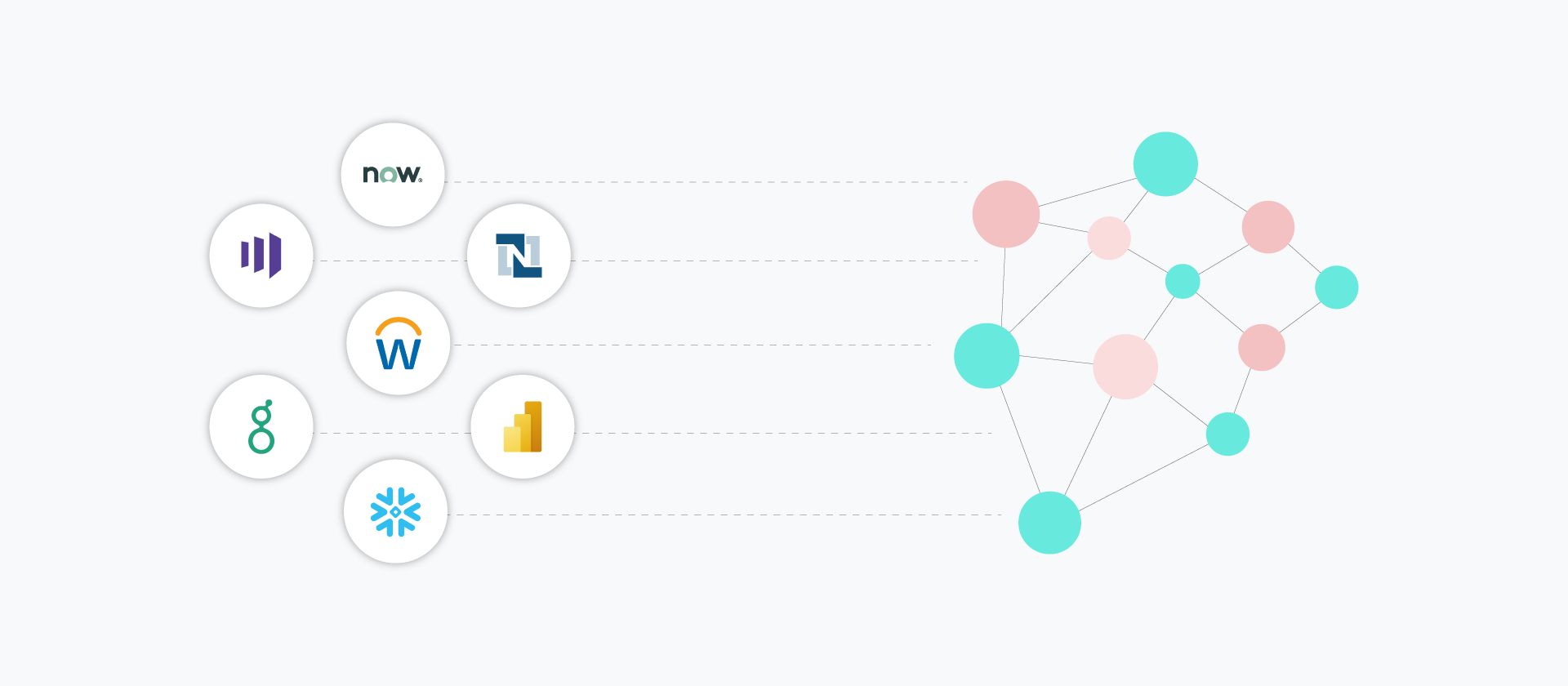This is a guest post from Nick Oropall, Sr. Manager of the Platform Product Marketing team at Yext.
The world of search has changed. When people ask a question online, they increasingly get direct answers (like a product, an FAQ, an event, or a location). This change has retrained consumers to simply ask for what they want.
In other words, instead of typing in a keyword, they’re asking longer, more precise questions at every stage of their journey. And they’re asking these complex, nuanced questions not just on Google and Alexa, but on your business’ website too.
To provide a great search experience and accurately answer your customers’ questions, you’ll need to store all the facts about your brand in a knowledge graph..
Why, exactly, is a knowledge graph the solution? And how can you build one that’s both powerful and reliable? You can read on to find the answers to both of these questions.
The importance of a knowledge graph
A knowledge graph is a brain-like database, used by companies like Google and Amazon, that’s optimized for answering questions.
When your customers search for things like “stores,” “products,” “offers,” or “events,” they’re not actually searching for those words…they’re searching for the real things those words refer to. A knowledge graph can understand the intent behind those words — which enables it to return better results that help your customers get what they are actually looking for in the real world.
Another critical capability of a knowledge graph is the ability to understand the relationships between the different entities stored in it. Establishing the complex relationships between your entities is key to answering those complex questions your customers are asking.
- What products are available at which locations?
- Which doctors accept my insurance and speak Spanish?
- When is the next yoga class at a New York location?
- What is the best menswear store in London open now that sells dress shirts?
These questions would be nearly impossible to answer without understanding a brand’s relevant entities, and the relationships between those entities.
How to build your knowledge graph
The key to building a great knowledge graph is not only the structure of your data, but also the quality and quantity of the data itself. This all starts with a great strategy. Your goal should be to map out all relevant entities within your organization and the relationships between them. These should be prioritized based on what your customers will care about and what your most important business initiatives are.
For example, say you work at an organization that sells running shoes across its various store locations in the east coast. Here’s a look at the entities you might consider using and the relationships you can assign between them:
Once you’ve crafted your strategy, you’ll need to bring your data into your knowledge graph. This data, depending on what it is, can live in ten or even hundreds of places. How can you expect to answer your customers’ questions with the latest and greatest information if your data exists in hundreds of systems around the organization? This is when building integrations—across your SaaS applications and on-premise systems—comes in handy.
Related: When to implement native integrations (and when to avoid doing so)
You can use Workato, a low-code/no-code enterprise automation platform to connect Yext with the various systems you need to power your knowledge graph over time. Workato can also provide a central means for maintaining your data. That way, regardless of any changes to your business, your strategy, what people are searching for, the experience your customers expect, etc., you can easily keep your data accurate and up to date.
To learn more about how you can use Workato to build integrations with Yext, you can connect with a member of Yext’s sales team.
